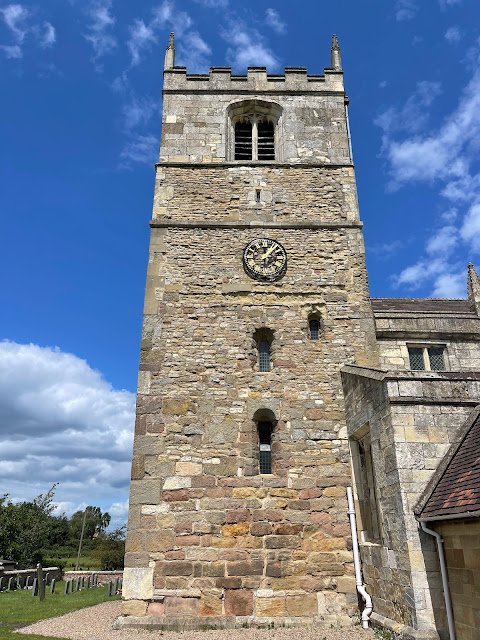Selby Abbey and the Coins of Henry I

Visiting Selby Abbey earlier this year, I thought, this is very grand for a small town like Selby. My aunt Alexi quickly reminded me that, in fact, Henry I was born here and the place was once more important. The abbey was founded under William the Conqueror and celebrated its 950th anniversary in 2019. Notice the contrast between the early semicircular arches and doorway and the later Gothic pointed arches. Norman doorway with five orders of shafts with waterleaf capitals and striking chevron designs Selby Abbey was the first Norman Abbey in the North, founded by Royal Charter of William the conqueror and his wife Matilda around 1069. The Charter bestowed lands (Selby, Brayton, Snaith, Flaxley, Rawcliffe, and other places), privileges, and legal immunities (tax exemptions) upon the new foundation. It served to officially establish the Benedictine Abbey and grant it royal protection. Motivations for the grant are thought to have included the birth of William and Matilda's youngest...





